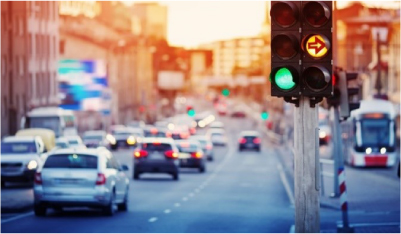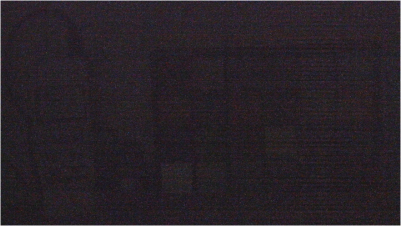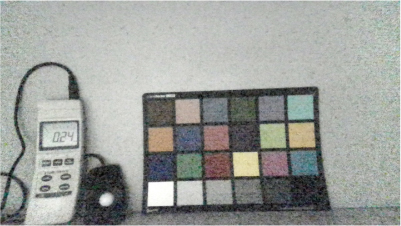Cameras and processing platforms are constantly evolving with an aim to provide reliable and cost-effective embedded vision solutions across different industries. Imaging solutions are deployed in a wide range of applications to enhance automation. One of such major applications is smart cities or smart surveillance. Cameras are deployed in smart cities to monitor the conditions of tracks and tunnels, monitor parking lots, detect intruders, manage traffic, and surveil people and vehicles. Engineering a camera system for smart cities needs to be done based on the objects to be captured, lighting conditions, operating temperature, available space, and costs. This article discusses various factors to be considered while choosing an image sensor for smart city applications and how to choose the one that perfectly fits them.

Factors to be considered while choosing image sensor for smart city applications
Surveillance is of two types – indoor surveillance and outdoor surveillance. One of the key challenges faced in both indoor and outdoor surveillance applications is the varying and challenging lighting conditions. Choosing an image sensor with the capabilities to adjust to random and varying lighting is the key to a reliable solution.
How to choose the right image sensor for smart cities in varying lighting conditions?
Outdoor illuminance level varies significantly depending on the weather or objects in the surrounding. Since most of the cameras are placed outdoors in smart surveillance applications, it is quite difficult to cover the brightest spots – such as the sun and sky – and the darkest shadows under the trees all in a single frame with a normal camera. Also, when the light is varying, it is not possible to capture high quality images by adjusting exposure time alone. This can only be done with a specially designed image sensor that can operate in a very high dynamic range (HDR).
To give you a perspective, have a look at the below figure to understand the difference between images captured using a normal camera and one of e-con’s HDR cameras.


So, in order to capture sharp and high-quality images in highly varying lighting conditions, it is recommended to use an HDR camera.
How to choose the right image sensor for smart cities in challenging light conditions?
Applications such as intruder detection require cameras that operate 24/7. For such applications, it is essential for cameras to perform well in challenging lighting conditions. An effective solution could be NIR lighting that assists cameras when there is a deficit of visible light. This provides night vision capabilities to cameras and there are image sensors that are designed to be highly sensitive to this NIR spectrum. A low light camera module with high sensitivity is suitable for this, and produces good images in both visible and near infrared region with a wavelength range of 700nm to 1300 under extreme low-light conditions or even no light (nearly 0 lux) conditions.


How to choose the right image sensor to enhance color reproduction?
The challenging outdoor lighting conditions result in noise in the output image. Capturing color accurately in dark conditions is even more difficult. But for effective monitoring, surveillance cameras should produce images with great color accuracy and less noise. The camera needs a neutral color reproduction even in outdoor lighting conditions. This is possible only by using cameras with large pixel sizes that generally have better SNR to reproduce true colors.
To understand how a sensor with high SNR can produce quality images in dark lighting, have a look at the below comparison.


Summary
Choosing the right imaging system for smart surveillance applications considering all the design requirements accelerates product development. A sensor that serves various functions of smart surveillance is critical to this. Also, partnering with the right imaging solution provider who has the required expertise and experience helps to achieve faster time to market.
About e-con systems:
e-con Systems™ is a leading OEM Camera Solution Provider with 17+ years of experience and expertise in embedded vision. It focuses on delivering vision and camera solutions to industries such as retail, medical and industrial. The company’s wide portfolio of products includes MIPI camera modules, GMSL cameras, USB 3.1 Gen 1 cameras, stereo cameras etc.
e-con Systems™ strives to become a global leader in the embedded vision space through continuous innovation, and helping its customers accelerate product development and reduce time to market. It has built over 250+ product solutions and shipped over millions of cameras around the globe. What sets the company apart is its deep expertise in building customized product designs while ensuring rapid prototyping and custom modifications in hardware as well as software.




